Mikhail Larionov (Михаил Фёдорович Ларионов) (1881-1964)
Get a Larionov Certificate of Authenticity for your painting (COA) for your Larionov drawing.
For all your Larionov artworks you need a Certificate of Authenticity (COA) in order to sell, to insure or to donate for a tax deduction.
Getting a Larionov Certificate of Authenticity (COA) is easy. Just send us photos and dimensions and tell us what you know about the origin or history of your Larionov painting or drawing.
If you want to sell your Larionov painting or drawing use our selling services. We offer Larionov selling help, selling advice, private treaty sales and full brokerage.
We have been authenticating Larionov and issuing certificates of authenticity since 2002. We are recognized Larionov experts and Larionov certified appraisers. We issue COAs and appraisals for all Larionov artworks.
Our Larionov paintings and drawings authentications are accepted and respected worldwide.
Each COA is backed by in-depth research and analysis authentication reports.
The Larionov certificates of authenticity we issue are based on solid, reliable and fully referenced art investigations, authentication research, analytical work and forensic studies.
We are available to examine your Larionov painting or drawing anywhere in the world.
You will generally receive your certificates of authenticity and authentication report within two weeks. Some complicated cases with difficult to research Larionov paintings or drawings take longer.
Our clients include Larionov collectors, investors, tax authorities, insurance adjusters, appraisers, valuers, auctioneers, Federal agencies and many law firms.
We perform Mikhail Larionov art authentication, appraisal, certificates of authenticity (COA), analysis, research, scientific tests, full art authentications. We will help you sell your Mikhail Larionov or we will sell it for you.
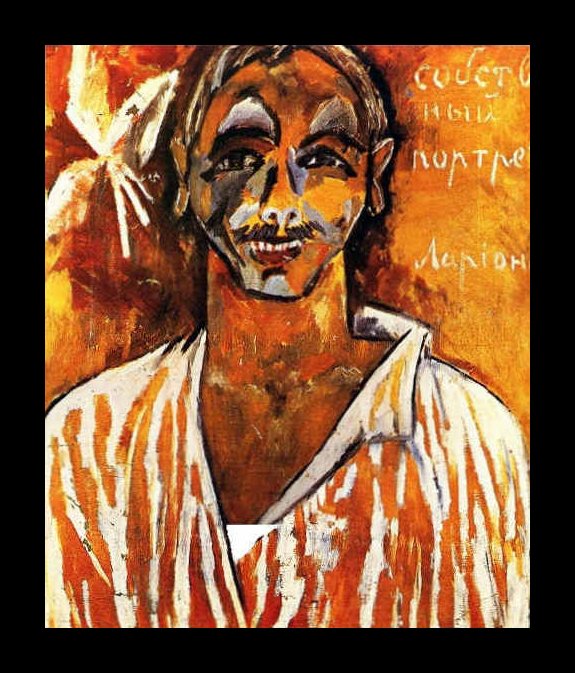

Mikhail Larionov was a Cubist painter born near Odessa in what was formerly Russia. He was a founding member of two of the most important groups of Russian artists during his time. Larionov named both of these short lived groups, The Jack of Diamonds from 1909-1911, followed by the more radical group, The Donkey’s Tail from 1912-1913. He painted in a number of differentiating styles throughout his career from Impressionist and Post-Impressionist to Neo-Primitive, Futurist, Abstract and Cubist. Though Larionov is not as widely remembered today as many of his peers, he made major contributions to Russian art that are still emanated and respected today.
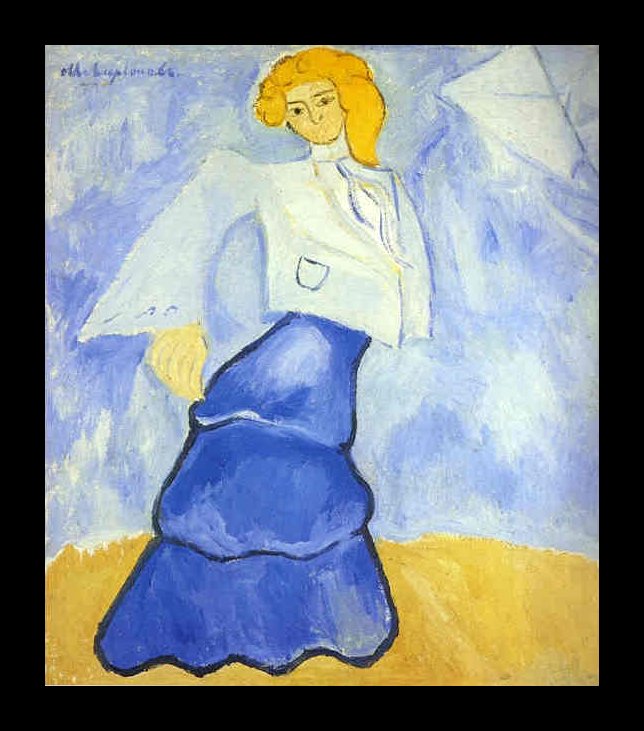

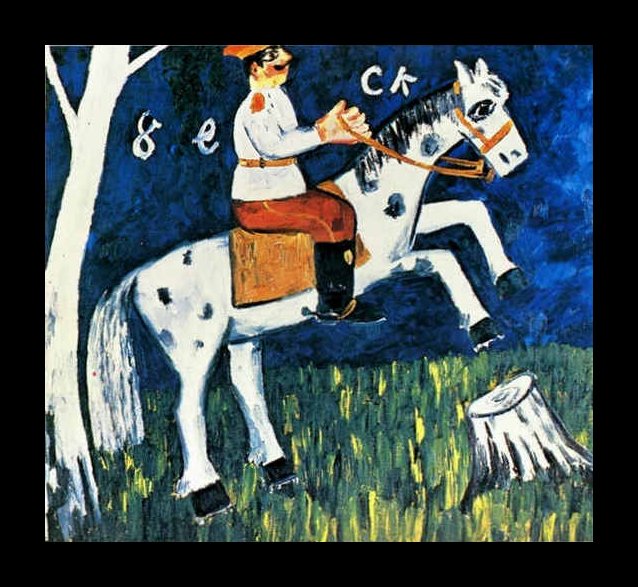
Larionov entered the School of Painting, Sculpture and Architecture in Moscow in 1898 and studied under Valentin Serov and Isaac Levitan. Due to his radical outlook, Larionov was suspended three times while he was a student. He became friends with fellow artist Natalia Goncharova in 1900, and would remain lifelong friends with her.
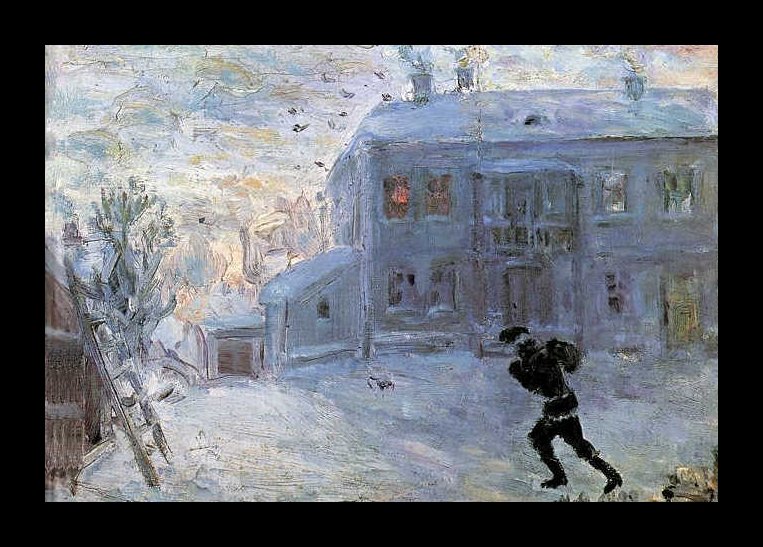


Initially, Larionov painted in an Impressionist style, creating pastel hued landscapes in the Impressionist hand as early as 1902. However, a visit to Paris in 1906 would inspire him to shift his style to that of a Post-Impressionist, followed by a more Neo-Primitive style. This new interest in the Neo-Primitive was also a reflection of his interest in Russian sign painting.
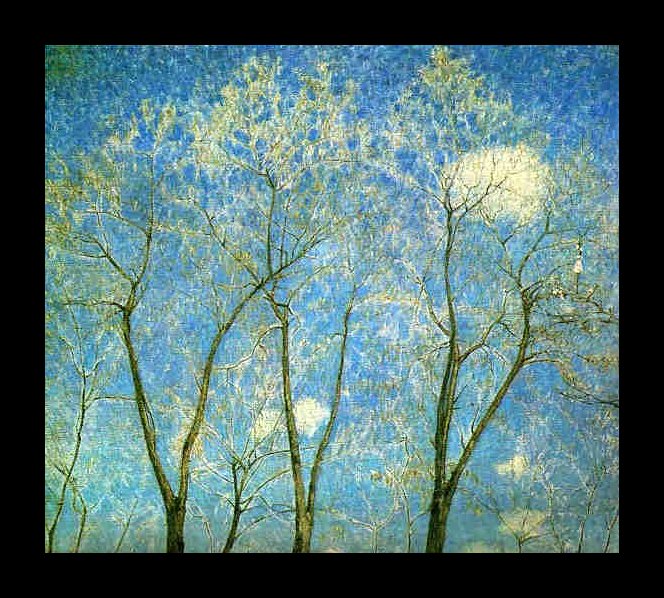
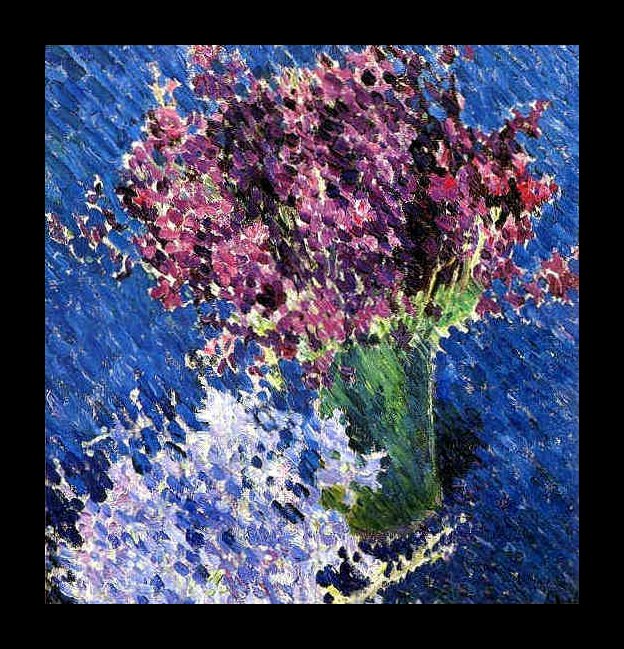

Larionov organized an exhibition of works by international avant-garde artists in 1908 which he called The Golden Fleece. He promoted a number of prominent artists such as van Gogh, Gauguin, Matisse, Derain and Braque, as well as Malevich and Chagall. Larionov also held his own one day solo exhibit in 1911 in Moscow.
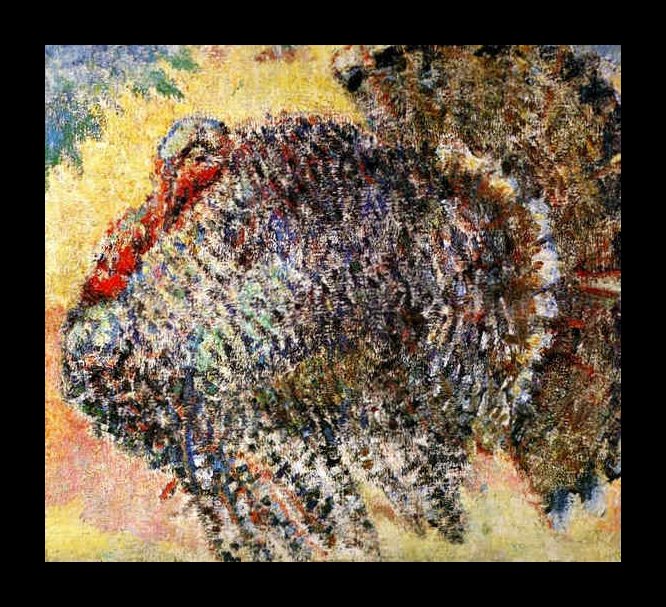
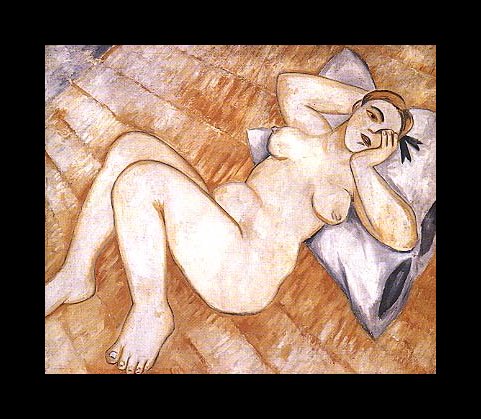

In 1912, Larionov created Rayonism, which is thought to be the first creation of near-abstract art in Russia at the time. He created Rayonism after hearing lectures about Futurism and speed, and this style was officially introduced to the public in 1913 at the Target Exhibition. The name Rayonism was derived from their use of dynamic rays of contrasting color, meant to represent lines of reflected light.
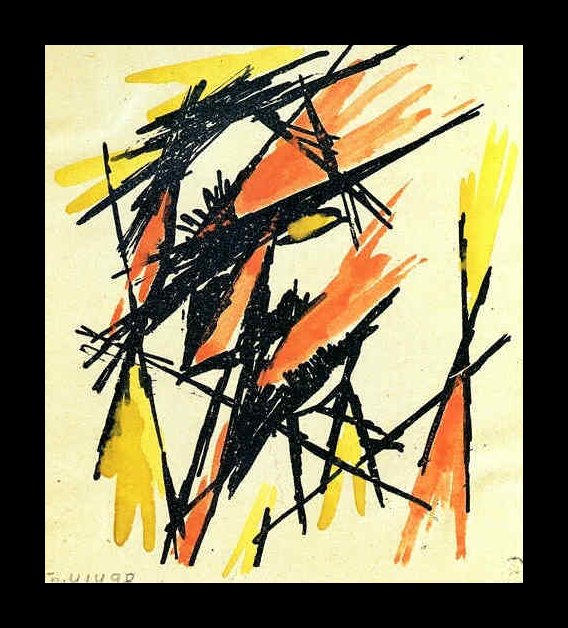
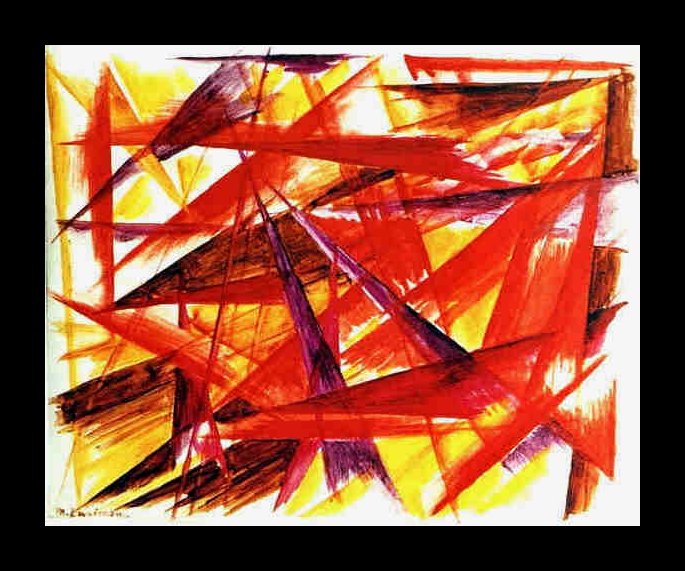
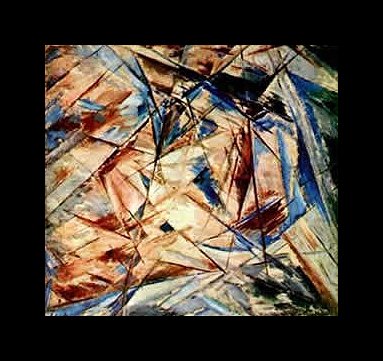
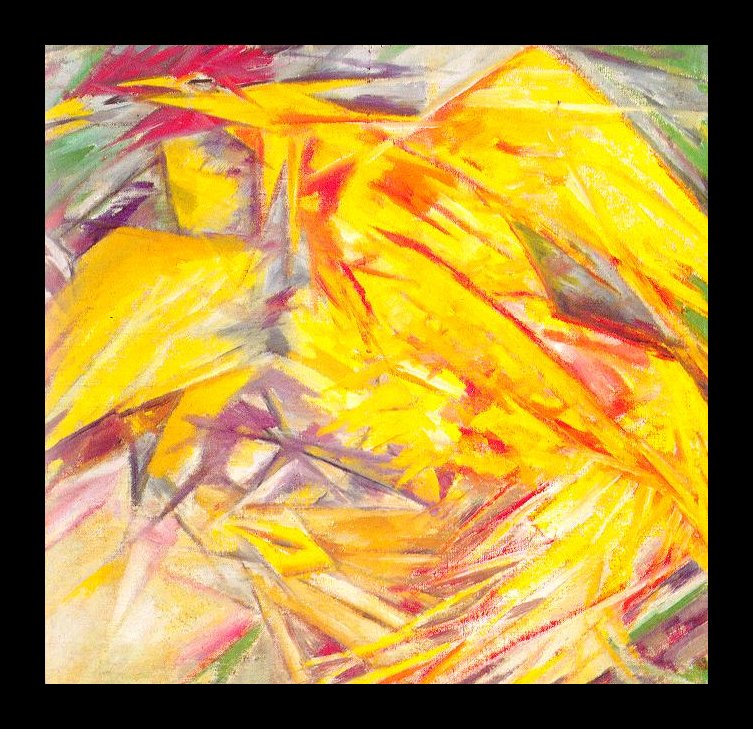
In 1914, Larionov was injured while conscripted in the army. Art historians believe that because he was badly wounded, Larionov could no longer concentrate on art in the same way that he used to. As a result, he suffered a lack of creativity as well, and began to produce less and less work. Nonetheless, Larionov left Russia for Paris in 1915 to work with ballet owner Sergei Diaghilev on productions of the Ballets Russes. He designed sets for “Soleil de Nuit” in 1915 and “Kikmore” in 1916. He traveled with the Ballets Russes from 1915-1918, visiting Spain, Rome and Switzerland.
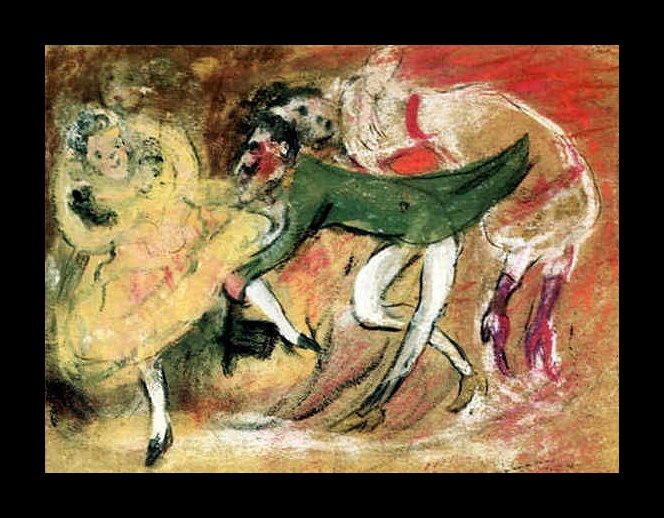

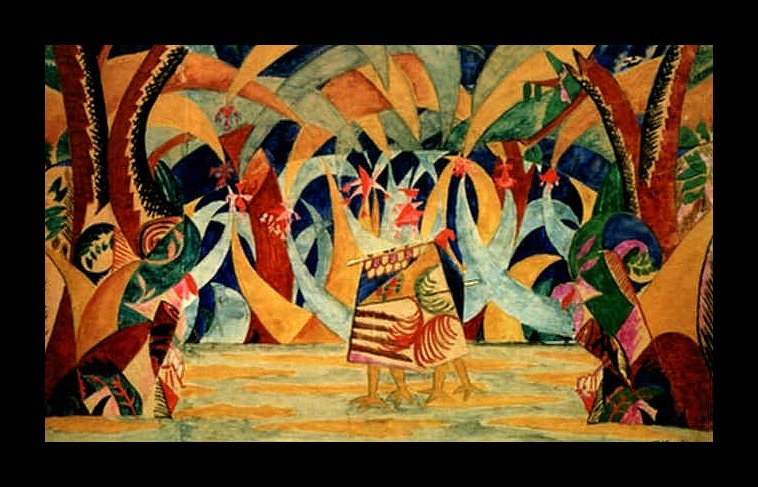
Larionov finally settled in Paris in 1918, and lived there until his death in 1964. He continued to paint and create graphic art and theatrical design, as well as publish written work and create book illustrations. He sadly suffered a stroke in 1950 which left him severely handicapped, and unable to produce much work during the last 14 years of his life, and died in poverty.


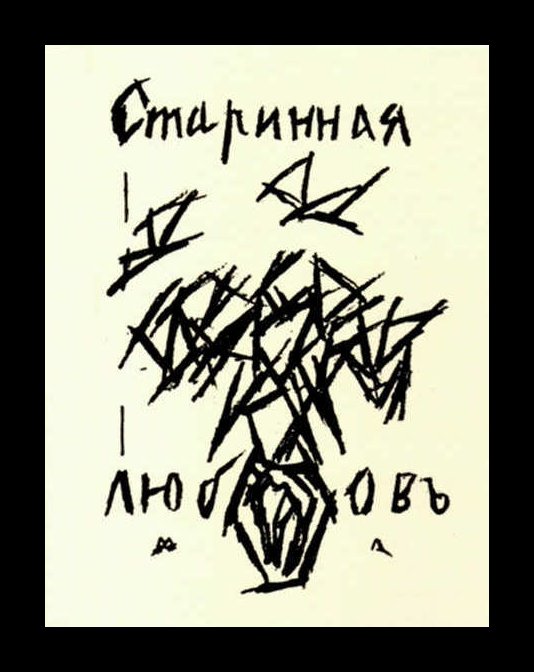
Today, Larionov’s work is housed in museums all over the world, and perhaps in your own home. Still wondering about a Russian Cubist or Futurist painting in your family estate? Contact us…it could be by Mikhail Larionov.
Reviews
1,217 global ratings
5 Star
4 Star
3 Star
2 Star
1 Star
Your evaluation is very important to us. Thank you.
